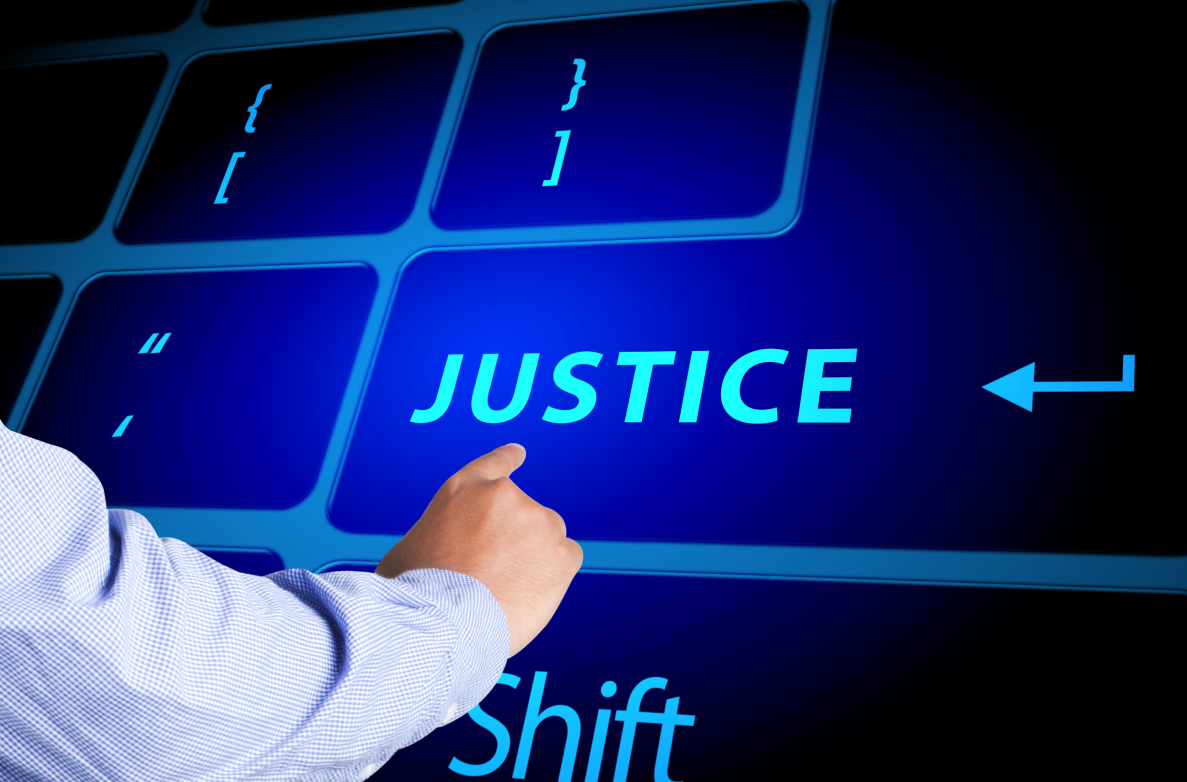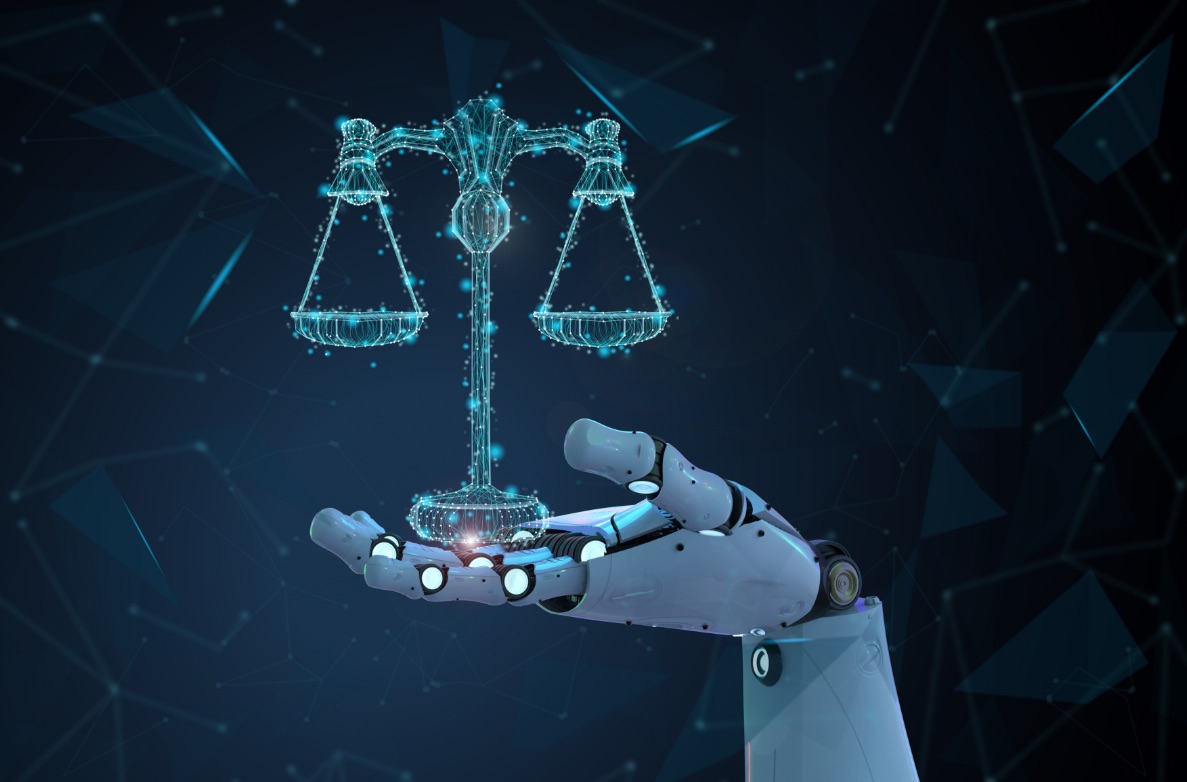Latest Update 3 years ago
Evidence in the Age of Justice Technology
Some of justice technology’s most time-relevant and incredibly useful assets are the transformative ways with which we are now able to collect, store and view evidence online

If there is one lesson to be learnt from the tech advancements seen in recent years, it is that technology’s reach goes further beyond our wildest imaginations. This is especially true with legal and justice technology. Its applications within the practice of law are innumerable, but some of the most time-relevant and incredibly useful assets are the transformative ways with which we are now able to collect, store and view evidence online.
Evidence Collection
When it comes to collecting evidence, the most crucial thing to be kept in mind is the methods used to collect said evidence. Accuracy, legitimacy and transparency are key terms here, all of which are important for the case to eventually gain a favourable outcome in litigation. Luckily, the same keywords happen to the founding pillars of legal and justice technology. In recent years, social media has been playing a significant role in evidence collection, the nuances of which of course, need further exploration. Cell phone tracking and tracing features, online DNA testing facilities and extensive online databases have completely changed the ball game. With the world moving drastically to the digital front, it stands to reason that evidence collection too has been transformed by the age of the Internet.
Evidence Preservation and Storage
With changes in the very nature of the evidence collected, of course the legal world has had to adapt itself to the way said evidence is stored and preserved. Here the keyword happens to be security – again, an aspect that is at the forefront of any technological advancement. In recent years, with more and more data being moved onto online, secure platforms, many in the law enforcement have found that the concerns around authenticated access, proper, uncorrupted preservation, and maintenance of a chain of custody is not that complicated. One of the more ground-breaking advancements has come with the technology that authenticates relevant online evidence, checks for alterations made and then extensively catalogues it. Recent developments around blockchains have quite literally expanded the capacities when it comes to storing secure information.
Evidence Assimilation
When evidence is collected and stored differently, of course the way they are viewed would also be different. For a formerly, strictly paper-based endeavour like the practice of law, one that is prone to copious physical documentation, adoption of digital methodologies did not come easy and was met with a lot of resistance from professionals and organisations alike. However, in recent years, that resistance has been met with sound arguments posed by the easy, streamlined and transparent nature of justice technology. The recent restrictions posed by COVID-19 have mandated that courtrooms adopt new technologies to the ways they conduct themselves. Secure access, virtual courtrooms and in some cases even VR technology has made sure that evidence is correctly handled and correctly viewed by everybody involved.
With the widespread reach of the Internet and social media, it is safe to say that legal systems too have gotten with the times.












